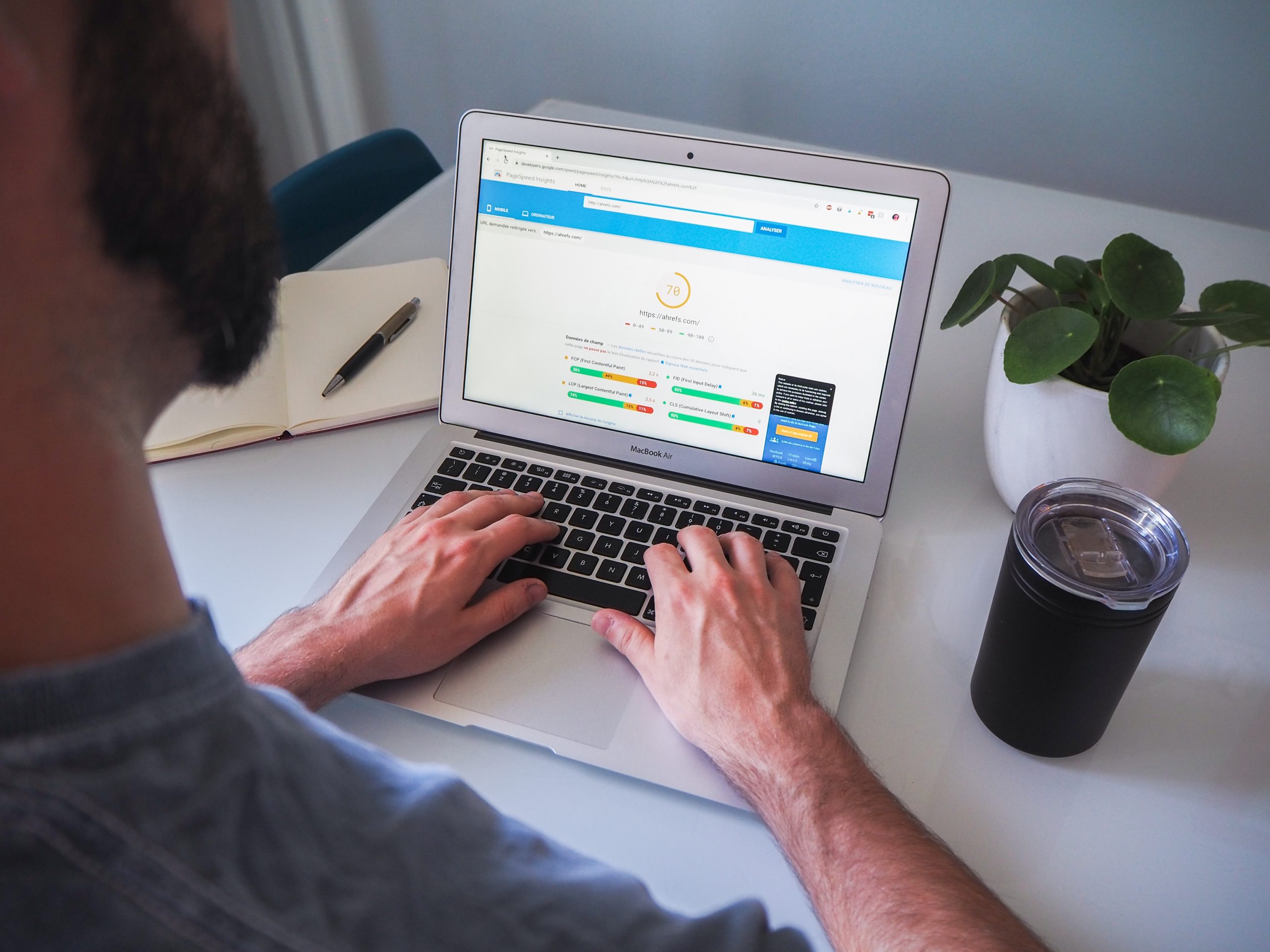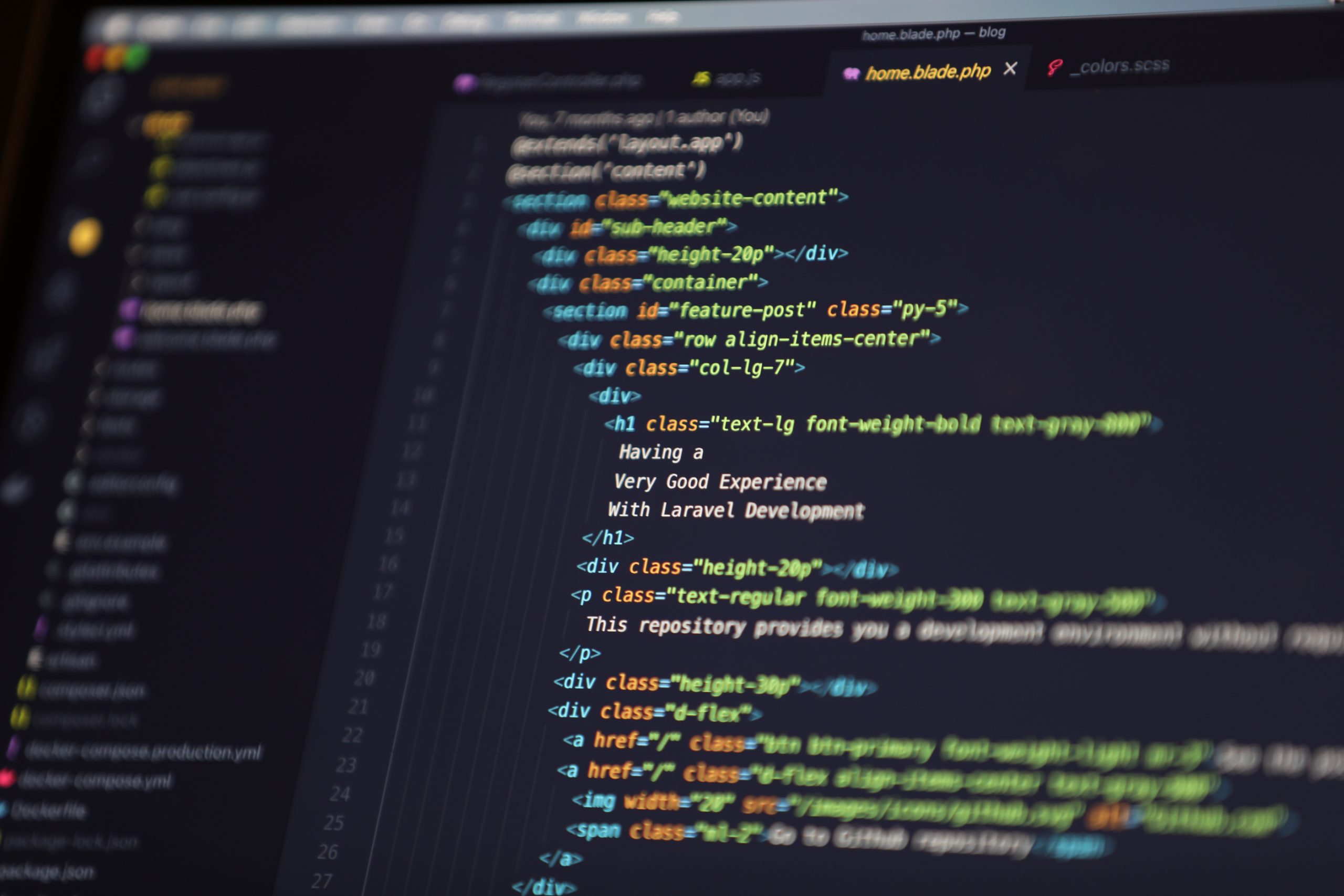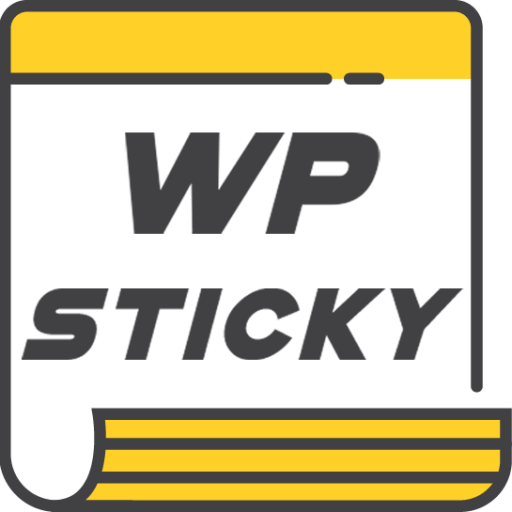Creating alternate pages with proper canonical tags is a crucial aspect of website optimization and SEO. An alternate page provides visitors with a different version of your web content, such as language-specific pages or mobile-optimized versions. Canonical tags inform search engines which version of the webpage should be indexed in their search results, preventing duplicate content issues and improving overall rankings.
However, creating an effective alternate page with a proper canonical tag can be challenging for website owners who are unfamiliar with technical aspects such as HTML coding and SEO best practices. In this guide, we will provide you with step-by-step instructions on creating an alternate page with the correct canonical tag to ensure your website’s success in the world of online marketing.
What is an Alternate Page?
An alternate page is a webpage that serves as an alternative version of a primary or original page. This alternate page can be in another language, designed for different devices, or cater to specific audiences. It helps website owners provide users with relevant content according to their preferred language or device. For instance, if the primary page is in English, the alternate version can be in Spanish.
Creating an alternate page requires proper implementation of canonical tags to avoid duplicate content issues. A canonical tag informs search engines which version of the webpage is the original one and should be indexed while directing them away from duplicates. Without this tag, search engines may not know which version to index and might lead to confusion among users who might land on irrelevant webpages.
In conclusion, creating an alternate page can help improve user experience by catering to specific needs while avoiding duplicate content issues through proper use of canonical tags. It’s essential for website owners to understand how these pages work and implement them correctly for optimal results.

Why use Alternate Pages?
One reason to use alternate pages is to provide a better user experience for visitors who are using different devices, such as mobile phones or tablets. By creating alternate versions of your website that are optimized for these smaller screen sizes, you can ensure that your content remains easily accessible and readable no matter how someone is accessing it.
Another benefit of using alternate pages is that they can help improve your search engine rankings. When you create an alternate version of a page and add the proper canonical tag, search engines will know which version of the page to index and display in their search results. This can help prevent duplicate content issues and ensure that your website ranks as high as possible for relevant keywords.
Overall, creating alternate pages with proper canonical tags is an important part of any comprehensive SEO strategy. Whether you’re looking to improve your user experience or boost your search engine rankings, taking the time to optimize your website for different devices and platforms can pay off in a big way over time.
Understanding the Canonical Tag
The canonical tag is a HTML element that tells search engines which version of a webpage should be considered as the main one. It was introduced by Google in 2009 to address the issue of duplicate content, where multiple URLs point to the same content. By specifying the canonical URL, webmasters can consolidate link equity and avoid penalties for duplicate content.
When creating an alternate page with proper canonical tag, it’s important to understand how it works and when to use it. The canonical tag should only be used when there are multiple versions of a webpage with identical or very similar content, such as international variations or printer-friendly versions. It’s not intended for redirecting users or manipulating search rankings.
To implement a canonical tag, add the following code to your website’s header section: <link rel=”canonical” href=”http://www.example.com/your-page.html” /> where “http://www.example.com/your-page.html” is the preferred URL for that particular page. Make sure that all alternative URLs have this tag pointing back to the preferred URL to ensure consistency across all versions of your site. With proper implementation of the canonical tag, you can improve your site’s visibility and avoid any potential penalties from Google for duplicate content issues.

Creating an Alternate Page
An alternate page is an essential aspect of website design, especially when it comes to managing multiple versions of the same content. With the help of an alternate page, you can provide a different version of a web page for users with different languages or devices. However, to avoid confusion among search engines regarding which version of the web page to index and rank in search results, you need to implement proper canonical tags.
Canonical tags serve as a hint for search engines about which version of the content is considered the original or preferred version. By using canonical tags on your alternate pages, search engines will know that these are similar versions and that they should pass all their ranking signals back to the original source. This way, your website’s SEO won’t be impacted by having several versions of a single piece of content.
To create an alternate page with proper canonical tag implementation, you must start by identifying which pages require alternates based on language or device type. Once identified, create unique URLs for each alternate page and add hreflang attributes within each URL’s head section to specify regional targeting and language preferences. Lastly, add rel=”canonical” tags indicating that this is not the original content but an alternative version and identify what URL should take preference over others in terms of indexing and ranking signals from Search Engines.
How to Implement the Canonical Tag
The implementation of canonical tags is an essential aspect of search engine optimization. It helps to prevent duplicate content issues, which can hurt SEO rankings if left unaddressed. To implement the canonical tag, you need to identify the URLs that have duplicate content and choose the preferred version.
Once you’ve chosen the preferred URL, add a rel=canonical link tag to it in the HTML header section. This will tell search engines that this is the original version of the webpage and should be indexed accordingly. Additionally, make sure that all internal links point to this preferred URL.
In some cases, you may have alternate versions of your pages (e.g., mobile-friendly versions or different language versions). In such instances, create a separate page for each version and add a rel=alternate link tag pointing back to its corresponding canonical URL. Following these steps will help ensure that your website’s content is properly indexed by search engines while avoiding any duplicate content penalties.

Benefits of Properly Implementing Canonical Tags
Proper implementation of canonical tags is essential for ensuring that search engines understand the relationship between different versions of a webpage. This means that if you have multiple URLs with similar or identical content, implementing canonical tags can help prevent duplicate content issues and ensure that your preferred version ranks higher in search results.
One significant benefit of using canonical tags is improved SEO performance. By indicating to search engines which version of a page should be considered authoritative, you can consolidate link equity across multiple pages and improve the overall visibility and ranking of your website.
In addition to SEO benefits, proper use of canonical tags can also enhance user experience by reducing confusion caused by duplicate content. When users are searching for information online, they don’t want to encounter several variations of the same page with slightly different URLs. Canonicalization helps ensure that users are directed to the most relevant and accurate version of a page, improving their overall experience on your website.
Conclusion: Creating Effective Alternate Pages
In conclusion, creating effective alternate pages with proper canonical tags is crucial for website optimization and search engine ranking. By implementing the right strategies and techniques, webmasters can ensure that their alternate pages are not only user-friendly but also search-engine friendly.
One of the most important steps in creating effective alternate pages is to use a properly formatted canonical tag. This tag tells search engines which page should be considered as the primary source of information for a particular piece of content. This helps avoid duplicate content issues while still allowing users to access different versions of the same content.
Additionally, webmasters should make sure that their alternate pages have unique titles, meta descriptions, and URLs. These elements help differentiate each version of the page and improve their visibility on search engine results pages (SERPs). By following these best practices, webmasters can create effective alternate pages that provide value to both users and search engines alike.
